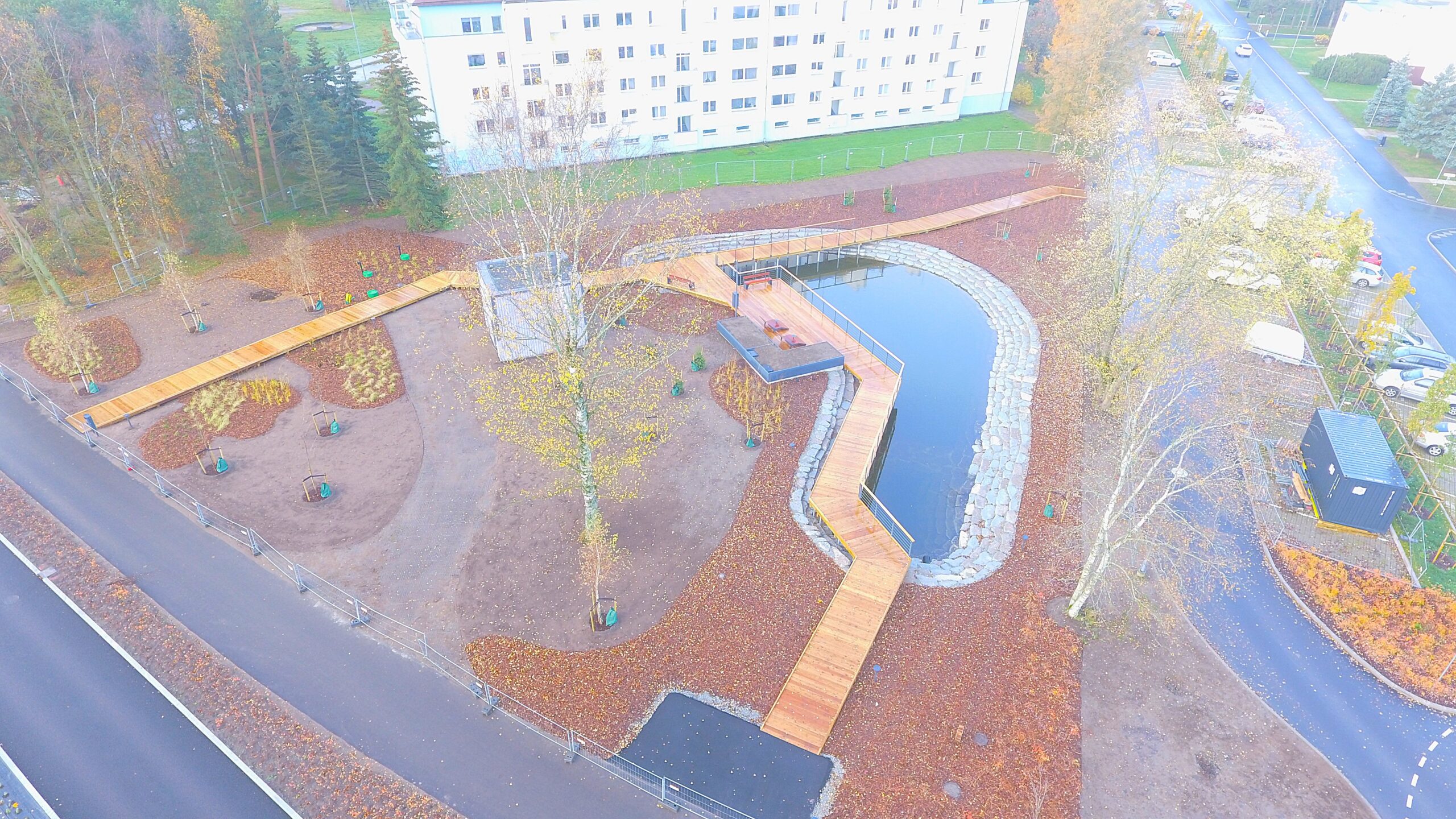
The construction works of the Viimsi demo area were captured on video, and a timelapse video has now been completed. All interested parties can view the video on YouTube

The construction works of the Viimsi demo area were captured on video, and a timelapse video has now been completed. All interested parties can view the video on YouTube
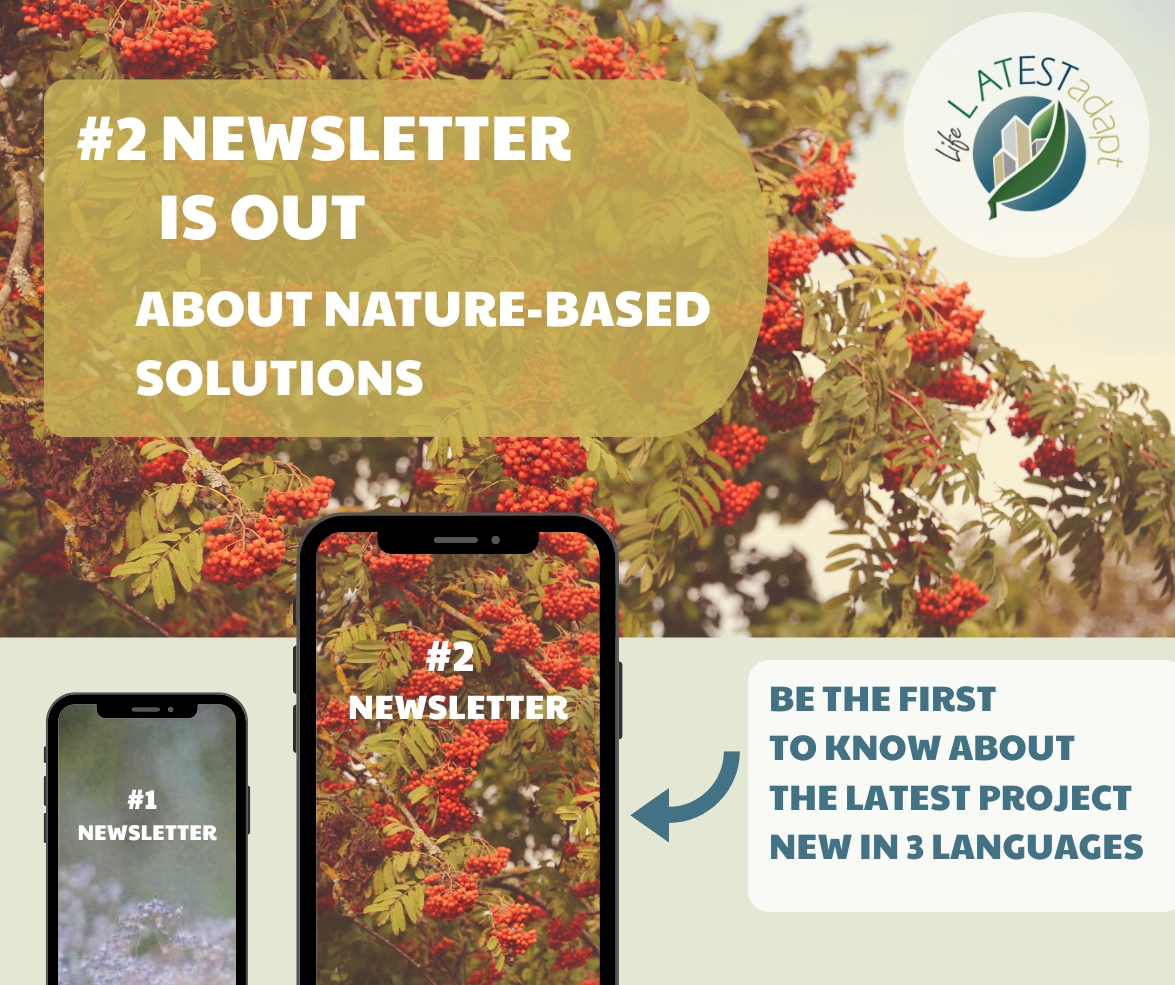
👉 There you can learn more about:
💡Read the second newsletter here: https://mailchi.mp/4a53adadb409/life-latestadapt-2025-1-newsletter-eng-13428533
📩 Sign up to receive future newsletters in your email here!
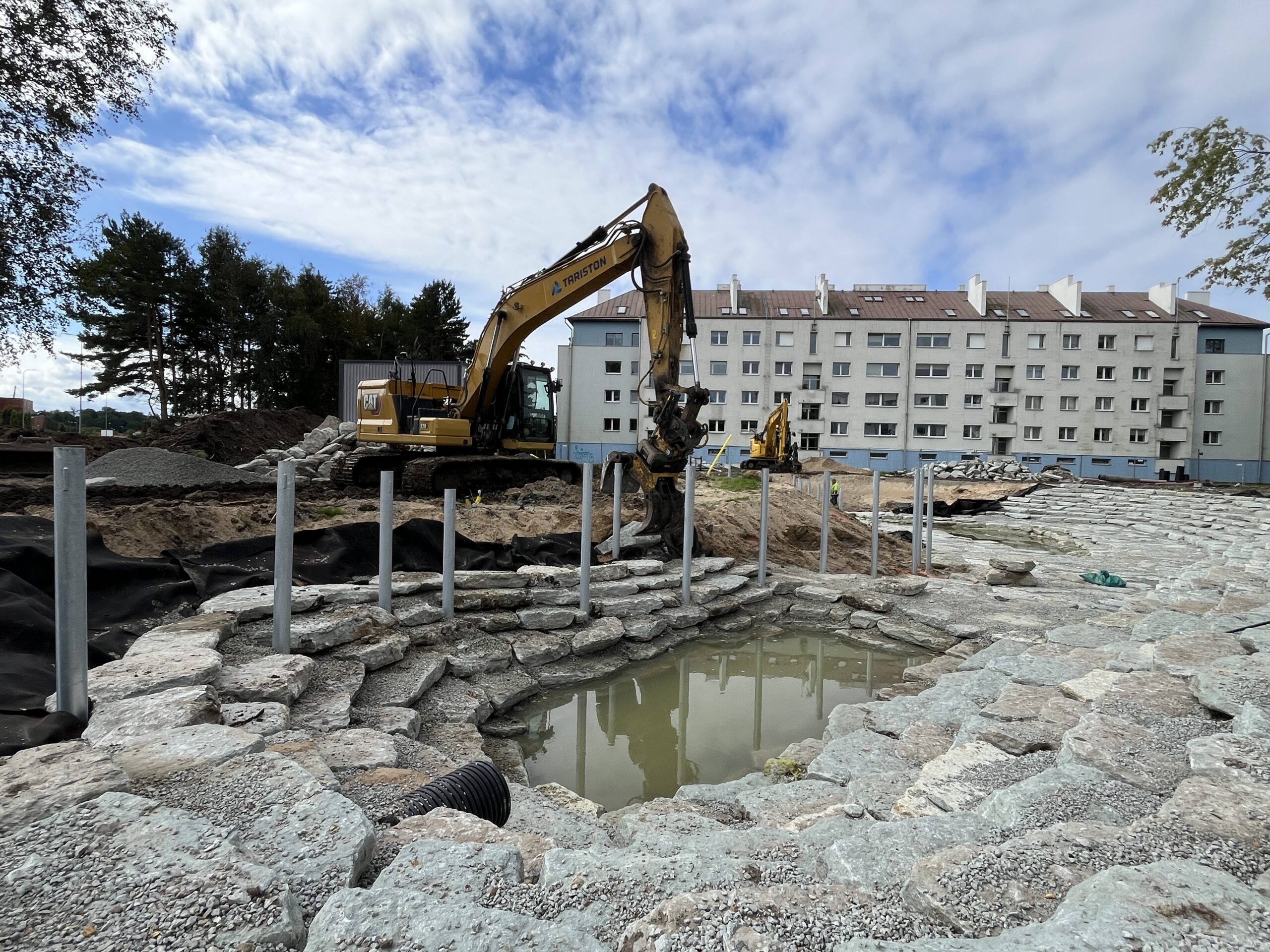
On 13 October 2025, the Estonian National Broadcasting radio programme “Ökoskoop” focused on the topic of flooding and its impacts on our living environment. Among the guests was Tanel Mätlik from Viimsi Municipality, who spoke about the LIFE LATESTadapt project and Viimsi’s efforts to prevent flood risks and adapt to climate change.
The programme also featured Agne Aruväli, Adviser at the Water Department of the Ministry of Climate, and Jana Põldnurk, Head of the Climate Department at the Estonian Environment Agency, who provided a broader national and European perspective on flood risk management.
🎧 Listen to the full episode on Vikerraadio’s website:
👉 Ökoskoop – Floods (13 October 2025)
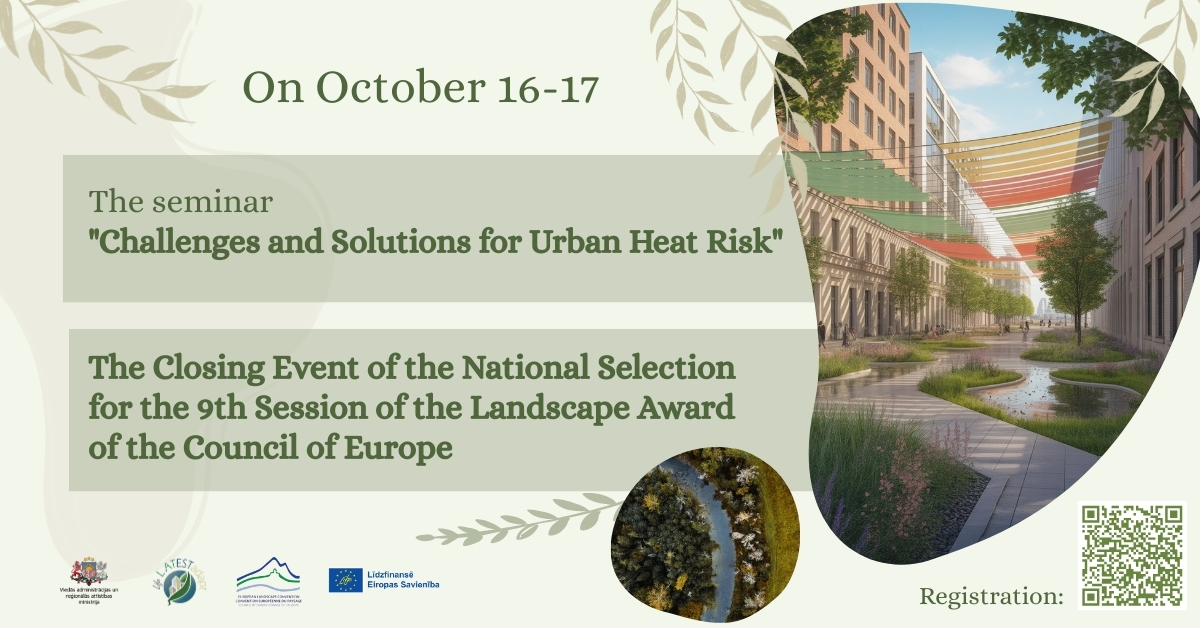
On October 16, two important events dedicated to landscape quality and urban adaptation to climate change will take place at Koka Rīga, Krāsotāju Street 12.
The seminar “Challenges and Solutions for Urban Heat Risk” will be held over two days. On October 16, environmental and urban planning experts will share the latest research, data and practical solutions for mitigating heatwaves in urban areas. On October 17, a guided walk will explore nature-based solutions in central Riga that address heat risk.
In the afternoon of October 16, the closing event of the national selection for the 9th session of the Council of Europe Landscape Award will take place. Eight projects from Latvian municipalities and organizations will be presented, competing for the opportunity to represent Latvia in the international competition. The winner of the national selection will be announced at the end of the event and will continue to the European level.
The events are organized by the Ministry of Smart Administration and Regional Development of Latvia in cooperation with partners from the environmental and landscape sectors.
Places are limited, so registration is required: https://forms.gle/JZLkhtBRKFgZFF98A
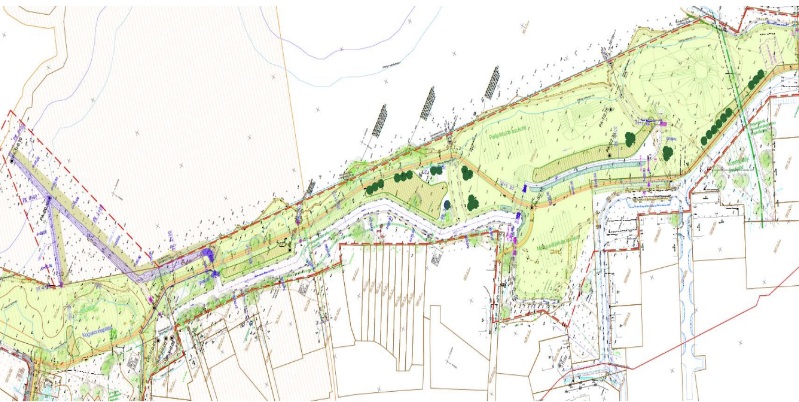
The establishment of the Haapsalu demonstration area for the LIFE LATESTadapt project has begun in the city of Haapsalu (on municipal properties at Vee 19 and Potissepa 3)! The aim of the project is to create a smart and environmentally friendly solution that will help the region cope better with sea and rainwater flooding, while enriching the urban space with greenery and opportunities for exercise.
The following will be built:
The area being created will help to better cope with excess water caused by climate change and allow rainwater collected from the streets to be purified in the retention basin before flowing into the sea. People of all ages will have a new space to move around in a naturally diverse area with opportunities for climate education and outdoor learning.
Construction work is already underway – the soil for the base of the slope protection embankment has been excavated and filling continues. Next, the retention basin, sledding hill, and community square will be formed, and finally, a smart regulator will be installed in the slope protection embankment.
Builder: Nordpont OÜ
Supervision: Eastconsult OÜ
Cost: €482,904
Supporters: European Commission through the LIFE measure (€267,387), Ministry of Climate (€66,847)
Construction completion: December 2025
📍 Find out more about the Haapsalu demonstration area: https://haapsalu.ee/keskkond-ehitus-ja-teed/linnakeskkond-ja-infrastruktuur/projektid/ Follow the progress and discover a greener and smarter Haapsalu soon!

On the morning of July 24, Vecpuišu Park in Valmiera was filled with the laughter of children – pupils from the Valmiera preschool educational institution “Pienenīte” and the Valmiermuiža preschool educational institution “Burtiņš” took part in creative activities to learn more about the importance of water in nature, its use, circulation in nature and purification.
The youngest children studied the path of water and how it is absorbed into the ground. To learn how water is absorbed into different types of surfaces, the children imitated “rain clouds” by pouring water on the lawn and flowers. Afterwards, they drew objects that need water on a daily basis on the pavement with chalk.

In another group, the children divided into teams and took part in a competition to see which team could transfer water from one bucket to another faster using different containers. Each participant could choose which container they thought was most suitable for this task. Some chose a jug, others a cup or a spoon. After the activity, the children concluded how much water could be carried with each container, which was more suitable, and also concluded what influenced the suitability of the container for this task. After the activity, everyone drew something related to the theme of rainwater.
The oldest children conducted an experiment by making a water purification filter. Following the instructions, each group created their own filter using cotton wool, charcoal, sand, and small stones. Once the filters were ready, dirty water was poured into them. The children could watch the water flow through each layer of the filter until it finally flowed into a container, significantly cleaner than before. Afterwards, each child drew a picture of the filter they had made. The drawings were displayed in Vecpuišu Park, next to the environmental exhibition “A Tree – More Than Just a Shadow”.
On the afternoon of July 24, residents were invited to visit the exhibition “Tree – More Than a Shadow” and vote for the solutions they would like to see in the urban environment in Valmiera. The idea of planting trees along the sidewalk near the Valmiera bus station received the most votes. Reducing the width of the paved sidewalk and adding a row of greenery would not only provide shade but also a cooling effect. There is a large ditch in the green area near the Valmiera Olympic Center, and residents particularly appreciated the possibility of creating a wetland there. This would serve as a habitat for various wild species, thus promoting biodiversity, as well as filtering and purifying water. Residents also appreciated the idea of creating a rain garden at the intersection of Rīgas and Kārļa Baumaņa streets. During heavy rainfall, the rain garden fills with water, promoting infiltration and slowing down the flow of rainwater into the sewer system. This would be particularly relevant at the proposed intersection, as it floods during heavy rainfall.
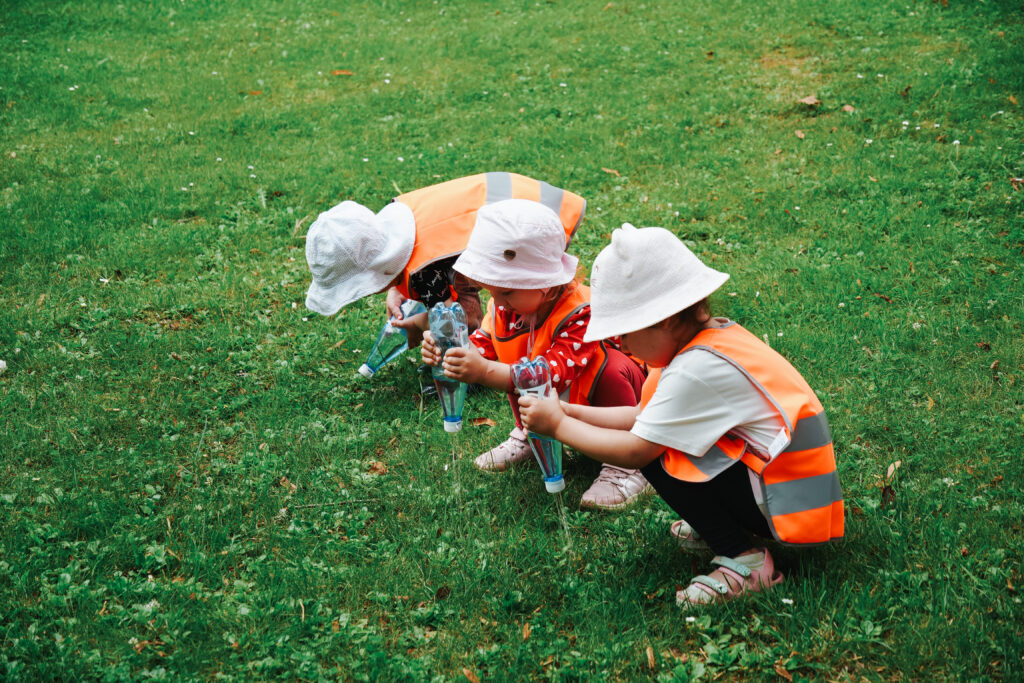
Visitors to the exhibition appreciated the opportunity to see how various places in the city could look if nature-based solutions were implemented there. The proposed solutions would not only help to reduce environmental problems, but also make the urban environment more attractive.
The activities took place within the framework of the European Union’s LIFE program project “Developing and demonstrating portfolio of nature based and smart solutions for improving urban climate resilience in Latvia and Estonia” (LIFE LATESTadapt).

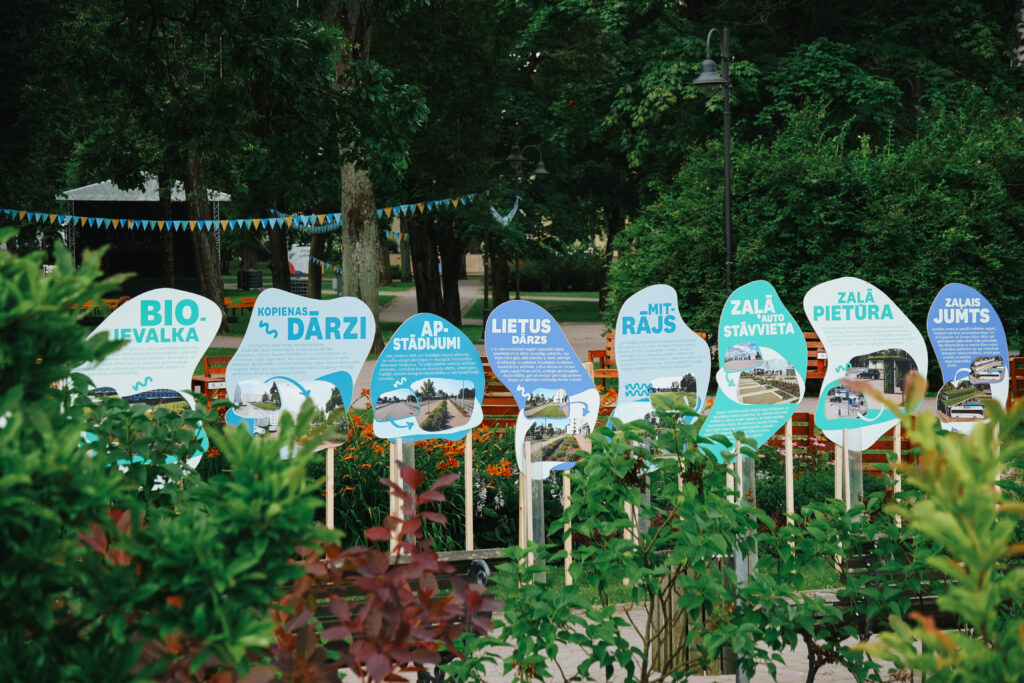
Prepared by:
Elizabete Brūvere
Valmiera Municipality Government
Branding and public relations department
Environmental communication project manager

In the first newsletter learn more about:
• Nature-Based Solutions Cost-Efficiency Tool;
• A consultation forum where you can ask experts questions about nature-based solutions;
• Publications on naturally occurring plants for urban flood resilience, solutions for reducing rain-induced flooding, and the identification and testing of new sensor technologies;
• Organized events, hackathons and workshops with different target audiences;
• Urban greening plans and activities in Latvia and Estonia.
Read the first newsletter in 3 languages here:
Sign up to receive future newsletters in your email here!

Our climate is changing, we must adapt to the new situation with sustainable and effective solutions.
🌿🌳🌧️ You want to know more about nature-based solutions and to be the first to know about upcoming events?
➡️ Subscribe for the project’s newsletter now! 📬 Subscribe!
(You will receive the first newsletter already in this July, but the next in November!)
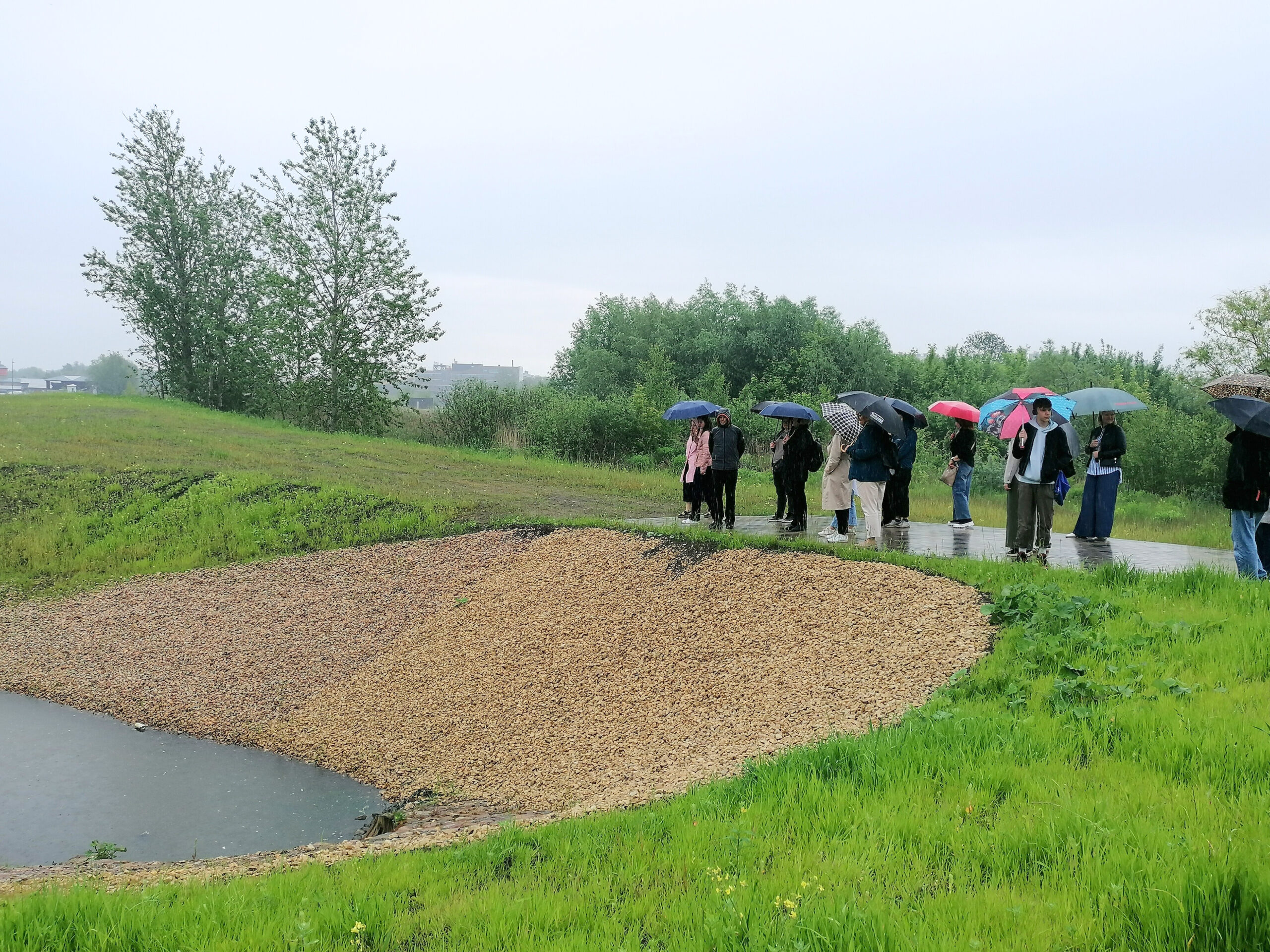
On June 5-6, more than 60 experts from various municipalities, ministries and other sectors gathered at a seminar entitled “Planning nature-based solutions for climate resilience – from local to regional level”.
The aim of the seminar was to promote the exchange of knowledge on the planning and implementation of nature-based solutions (NBS) – from the development of urban green infrastructure to regional climate resilience.
The effects of climate change – increasing flood risk, extreme weather conditions and heat waves – particularly affect the urban environment. To ensure a sustainable and safe living environment in the future, it is essential to develop solutions that both protect people and strengthen nature’s ability to regulate itself. This is where nature-based solutions play a key role – they use natural processes such as rainwater absorption or the cooling effect of green areas.
On the first day of the seminar, participants learned about good practice examples and approaches from the LATESTadapt and IMPETUS projects, the experience of Riga, Valmiera and Cēsis in developing green infrastructure, as well as climate change adaptation measures at the regional level, learning about the plans of the Zemgale planning region.
On the second day of the seminar, a joint study trip was organized, where we were delighted to see how many and how varied DBRs have already been implemented in Riga in both the private and public sectors, for example, as the best option in a city where, due to various circumstances, it is not possible to connect to the city’s rainwater drainage system. What we saw in several neighborhoods of Riga reinforced our conviction that nature-based solutions are not just “green thinking” — they are practical, sustainable, and forward-looking measures that help adapt to climate challenges while improving quality of life.
More information is available on the Baltic Environmental Forum website
The seminar was organized by the Baltic Environmental Forum in implementation of the following projects:
“Dynamic information management for climate change adaptation measures in a cross-sectoral context in European regions” (IMPETUS, NR 101037084), funded by the European Union’s Horizon 2020 research and innovation program, https://climate-impetus. eu/
“Development and demonstration of a portfolio of nature-based and smart solutions for improving urban climate resilience in Latvia and Estonia” (LIFE21-CCA-EE-LIFE LATESTadapt, NR 101074438), co-financed by the European Union’s LIFE programme, the Ministry of Smart Administration and Regional Development and the Estonian Ministry of Climate https://lifelatestadapt.viimsivald.ee/lv/sakuma-lapa/
The report of the seminar is available here

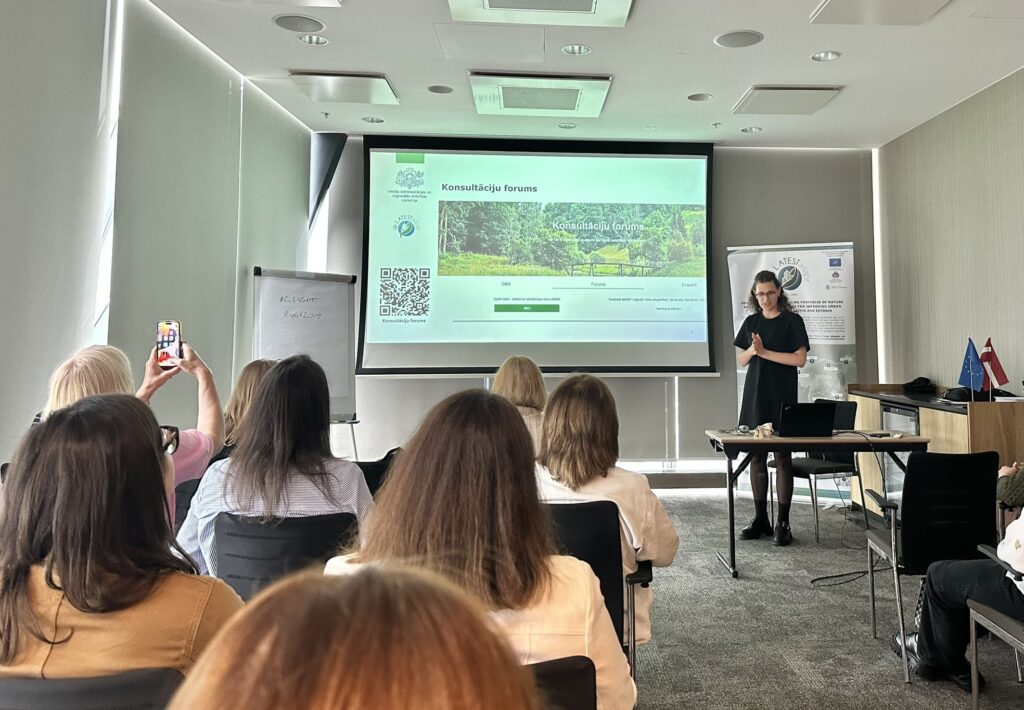
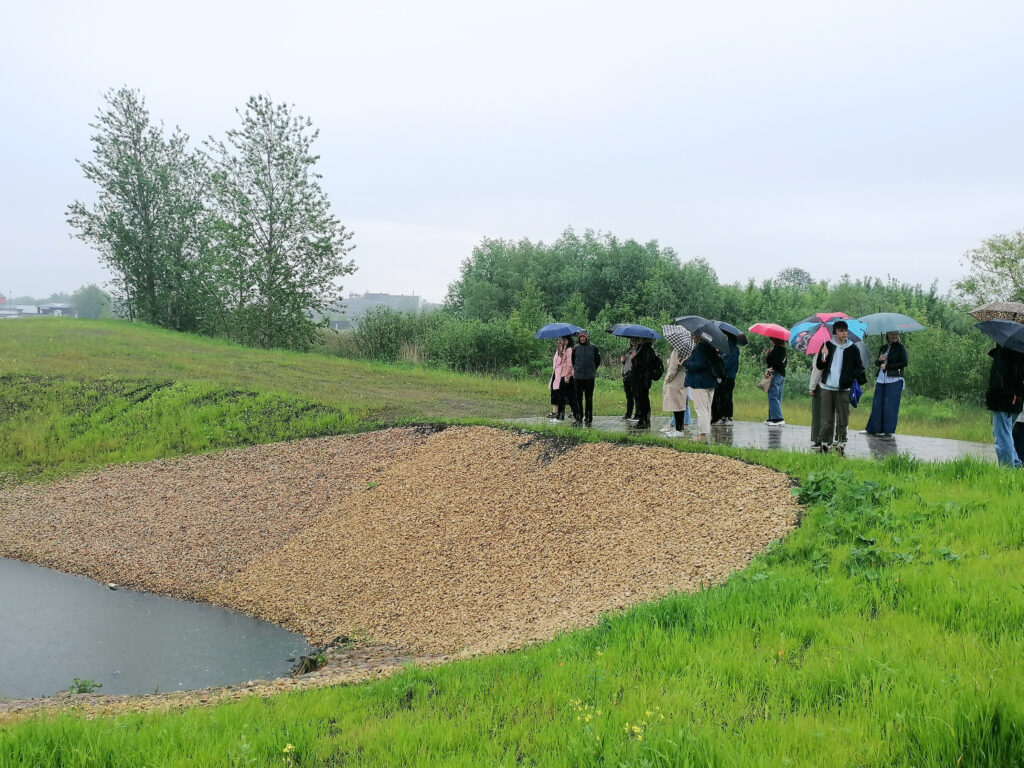
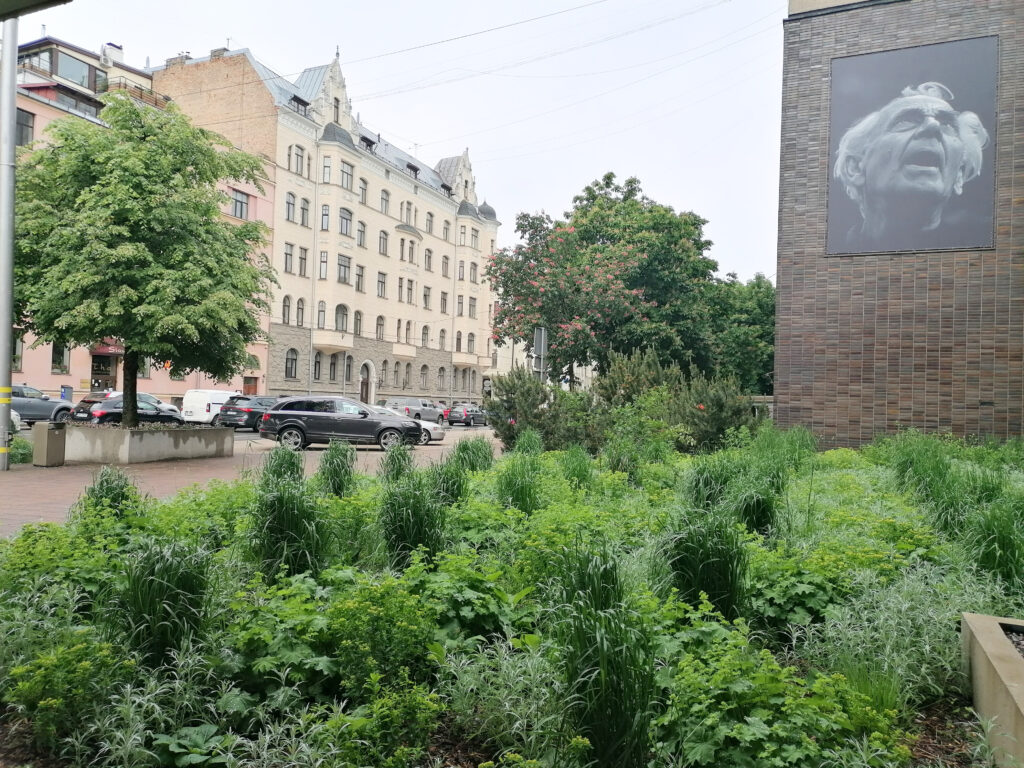
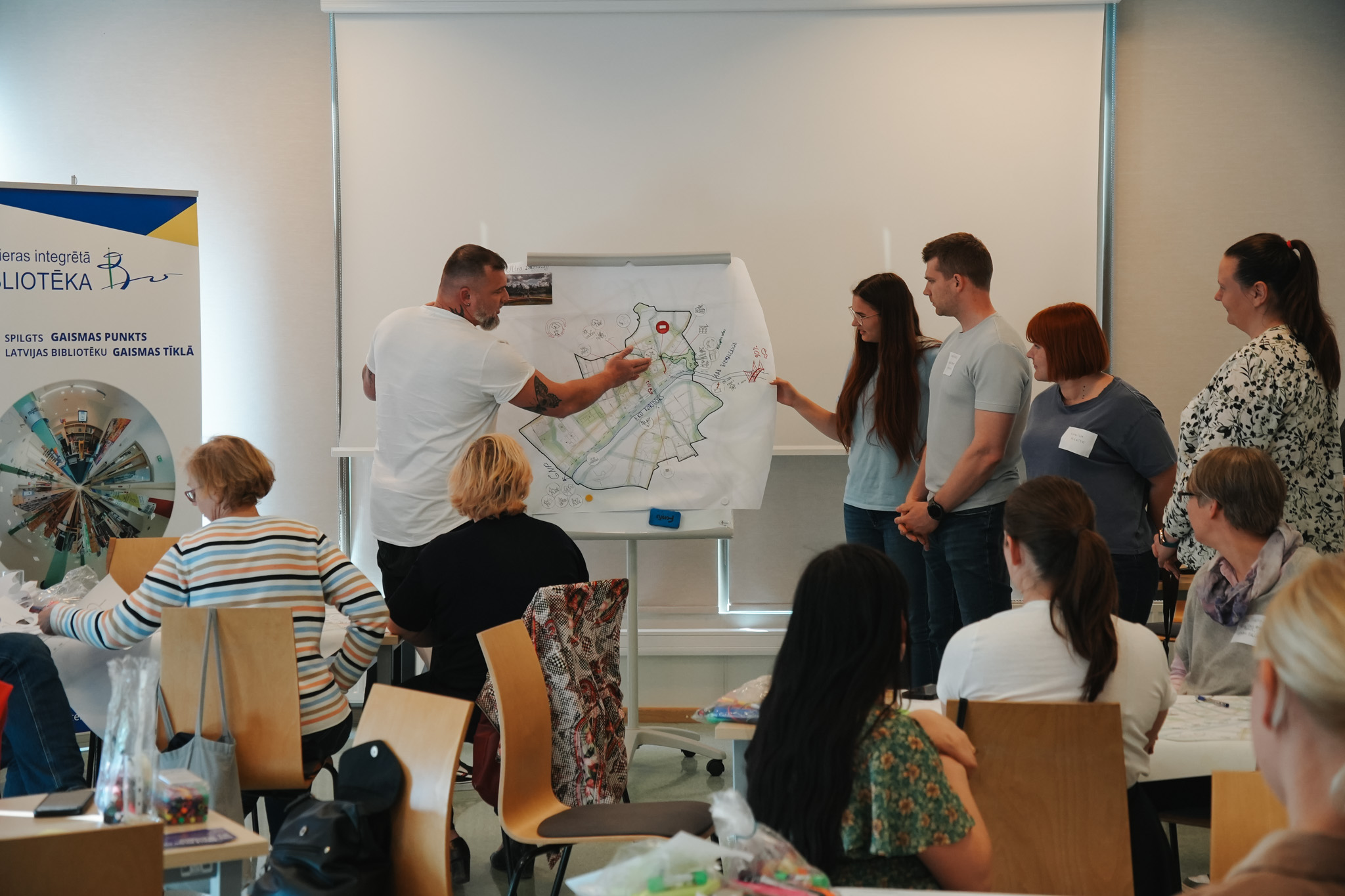
On 27 May, Valmiera hosted a landscape and urban planning workshop “Valmiera’s Green Infrastructure Development Plan”. The workshop brought together representatives from various fields and citizens to discuss and propose solutions for the development of Valmiera’s urban green infrastructure.
The workshop was led by Kristīne Dreija, landscape architect and project manager at Grupa 93 Ltd, the developer of the thematic plan “Valmiera State City Green Infrastructure Development Plan”. In the introductory part, the participants were introduced to the concept of greening plans, their necessity and role in the development of the city.
The workshop continued in several working groups, with the task to find a greening plan or best practice examples in other cities around the world, and to suggest what could be planned or implemented in Valmiera. How do participants see Valmiera in 2050? The answers were very diverse – improved, more comfortable, more modern, with ten times more cyclists, an inclusive environment for both people and nature, with interesting courtyards of apartment buildings, green roofs and walls in the urban environment and most importantly – river Gauja is the main street of the city, it flows through the city and its banks are still green, with trees and shrubs.
The main task of the workshop was to mark on a map of the city which activities (recreational, daily, social) could be planned in the different zones. Among the activities proposed, the teams chose areas where they could locate, for example, a community garden, water attractions, sports activities, fishing, jogging, dog walking, cycling or picnics in nature. Similarly, nature-based solutions could be planned in the urban environment. Green walls or green roofs, permeable pavements and greenery were the most common solutions chosen by the teams.
There was a lot of lively discussion among the teams about potential solutions to include in their vision for the future of the city. The teams’ presentations of their ideas included a variety of ideas on how to improve or increase the amount of green space in the city, as well as how to reduce the impact of environmental problems on a given area, such as reducing the risk of heat islands or flooding, by using nature-based solutions.

The solutions presented were interesting and creative, placed in different locations around the city, such as:
Thank you to everyone who participated and contributed to urban planning! More workshops with citizens’ involvement and participation are expected in 2025. It is planned that during the celebration of Valmiera’s 742nd birthday, visitors will have the opportunity to learn more about nature-based solutions and their application in the urban environment.
Valmiera Municipality Government is a partner of the LIFE LATESTadapt project of the European Union LIFE Programme. In the framework of this project, research has been carried out in 2023 and 2024 on environmental problem areas in Valmiera related to climate change impacts – heat waves and flooding caused by heavy rainfall. Based on the data obtained from the research, the thematic planning “Valmiera State City Green Infrastructure Development Plan” is being developed.
The thematic planning will provide for a unified network of green infrastructure in Valmiera, solutions to prevent flood risks caused by storm water in Valmiera’s urban environment, to reduce the heat island effect, as well as to preserve biodiversity, while respecting the well-being of the population. Involvement of various stakeholders – residents, professionals, entrepreneurs – is crucial for the full development of the thematic plan.
The workshop was organised within the framework of the European Union LIFE Programme project “Development and demonstration of a portfolio of nature-based and smart solutions for improving urban climate resilience in Latvia and Estonia” (LIFE LATESTadapt) with co-financing from the Ministry of Smart Administration and Regional Development, National Digital Development Agency and Valmiera Municipality.

Information prepared by:
Elizabete Brūvere
Valmiera Municipality Government
Brading and public relations department
Environmental communication project manager